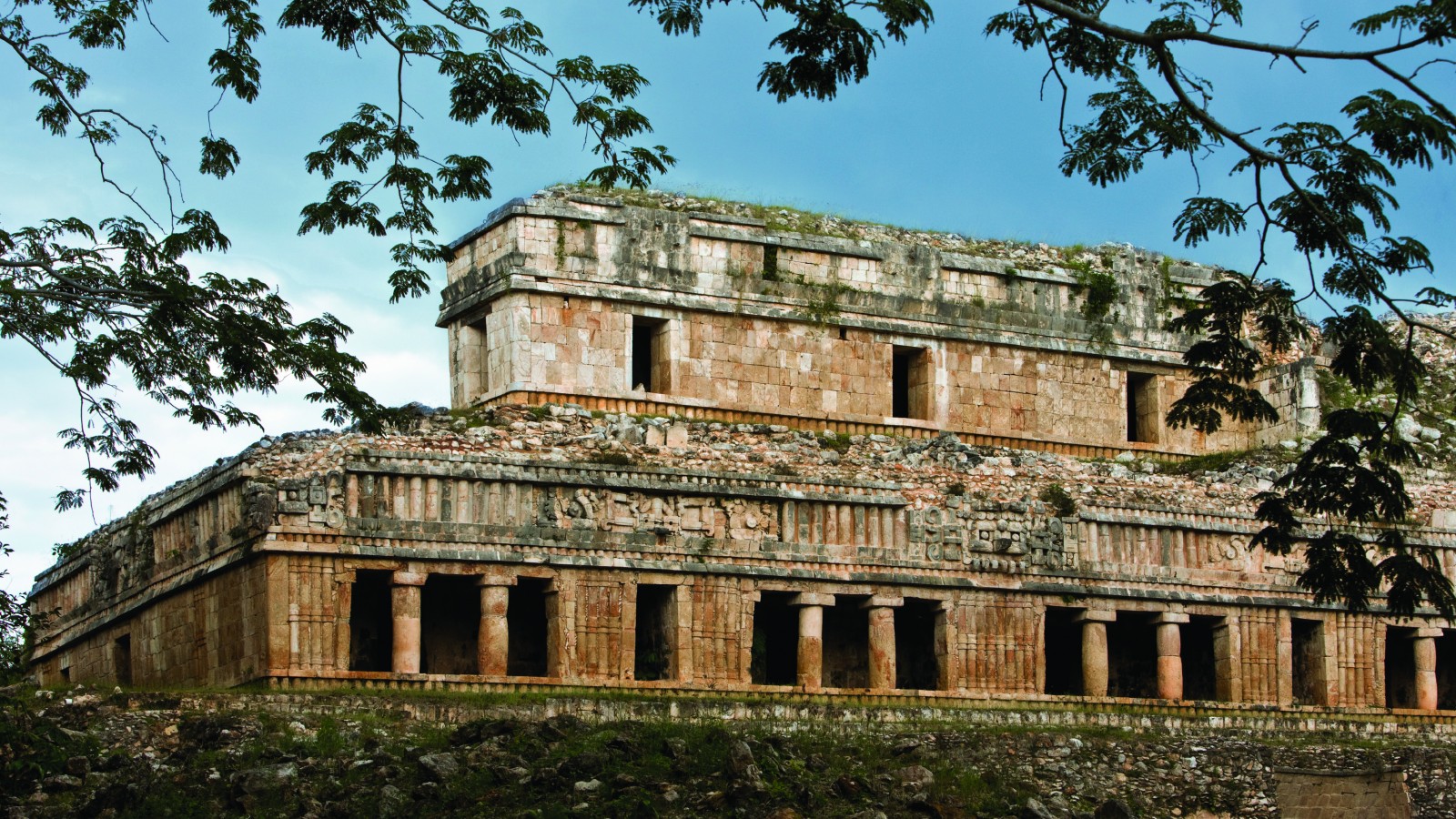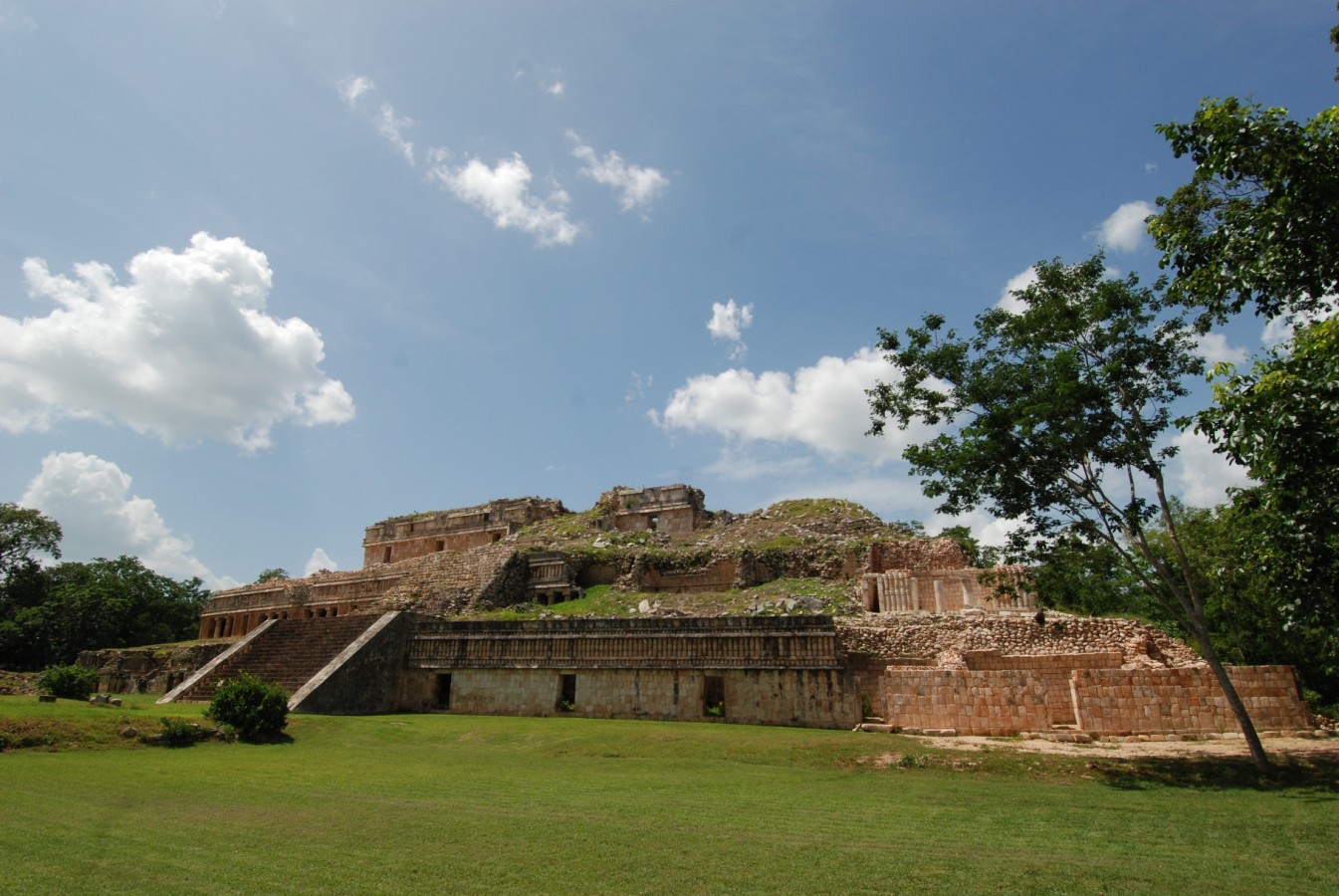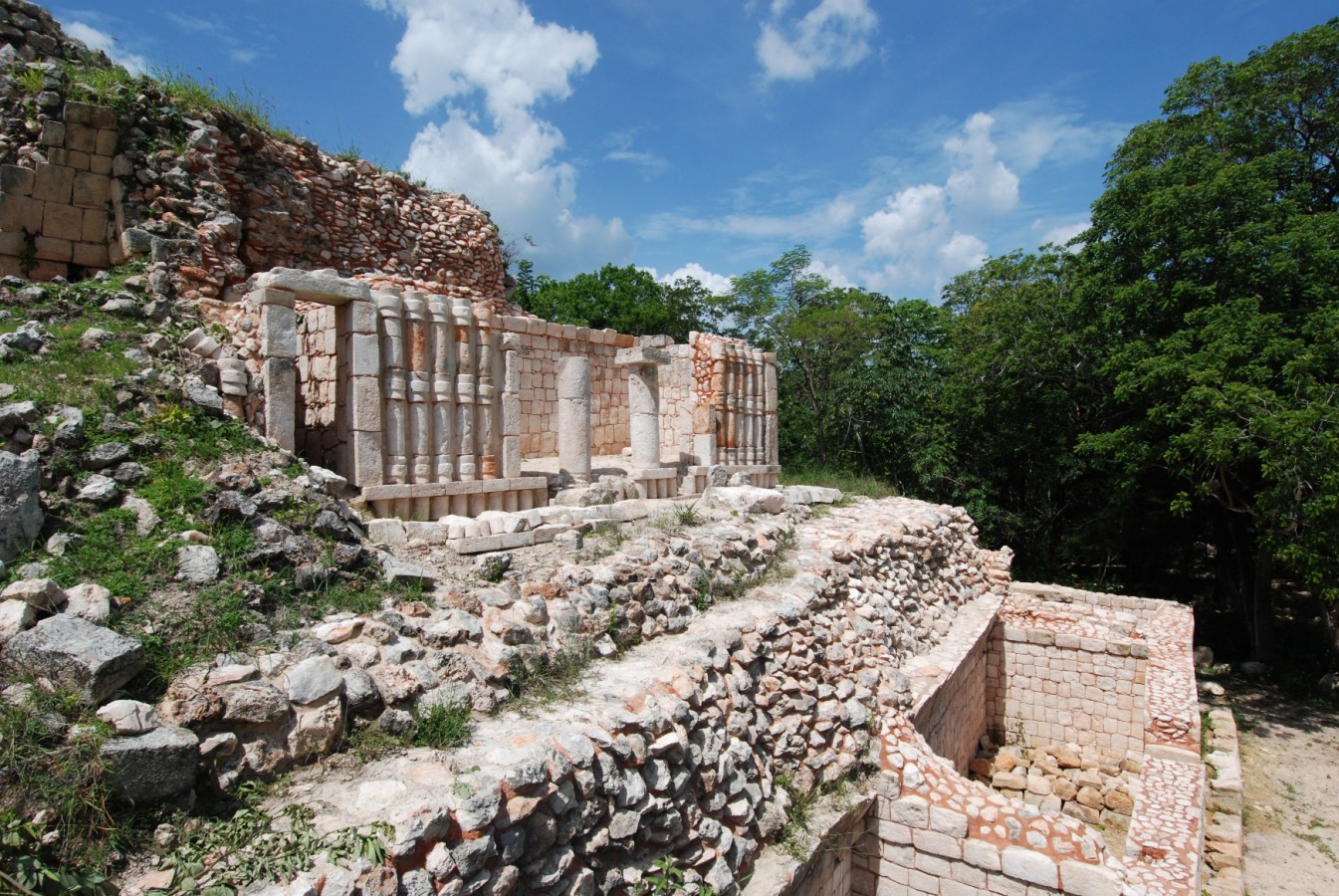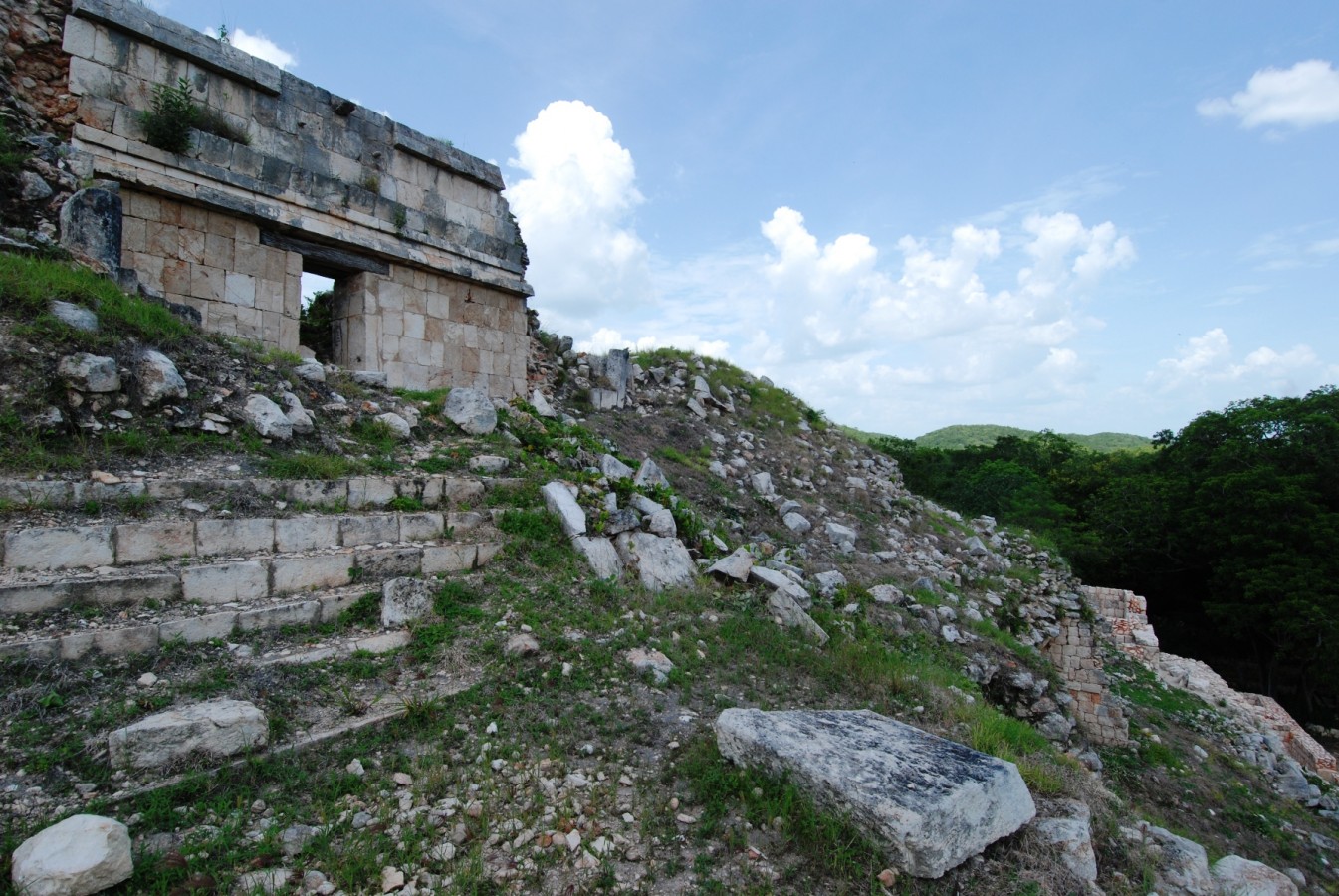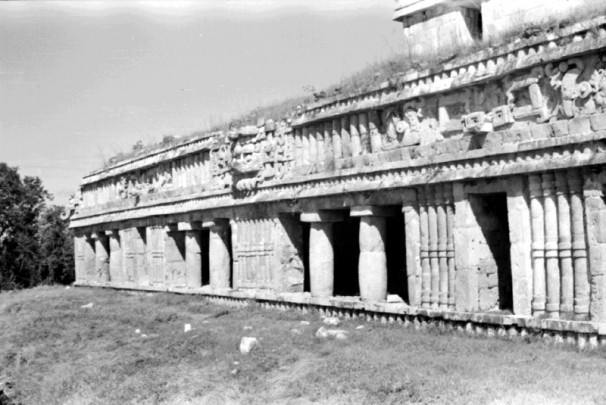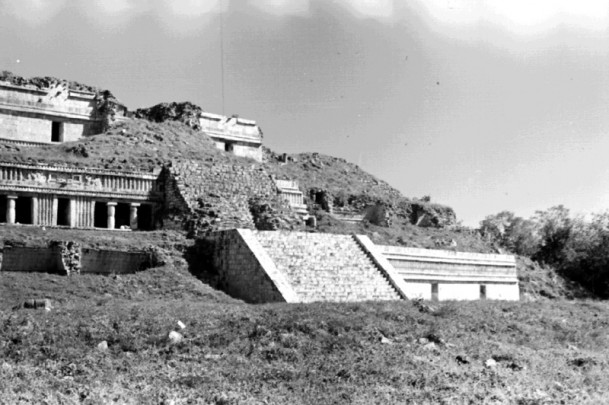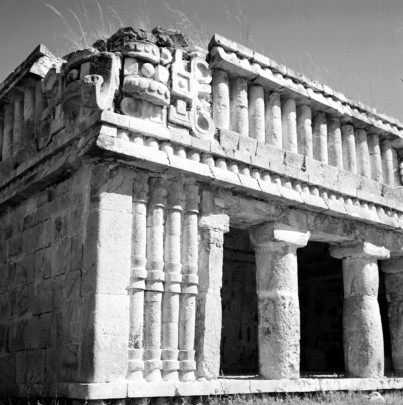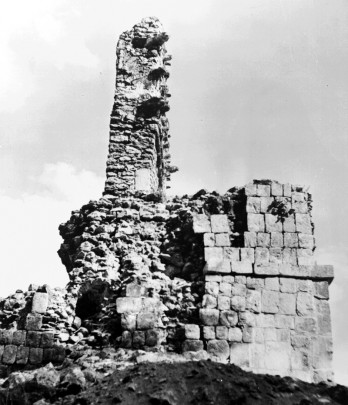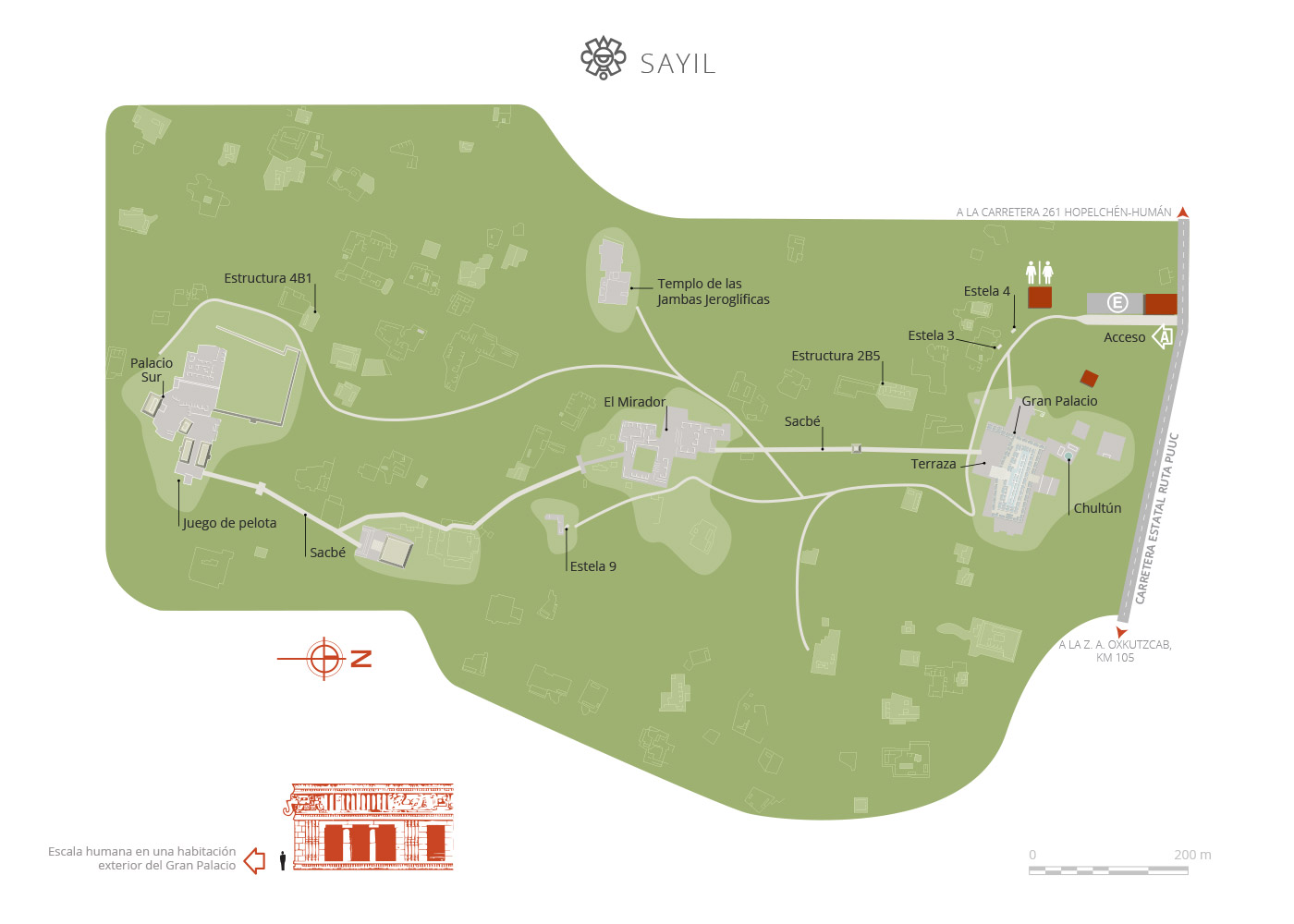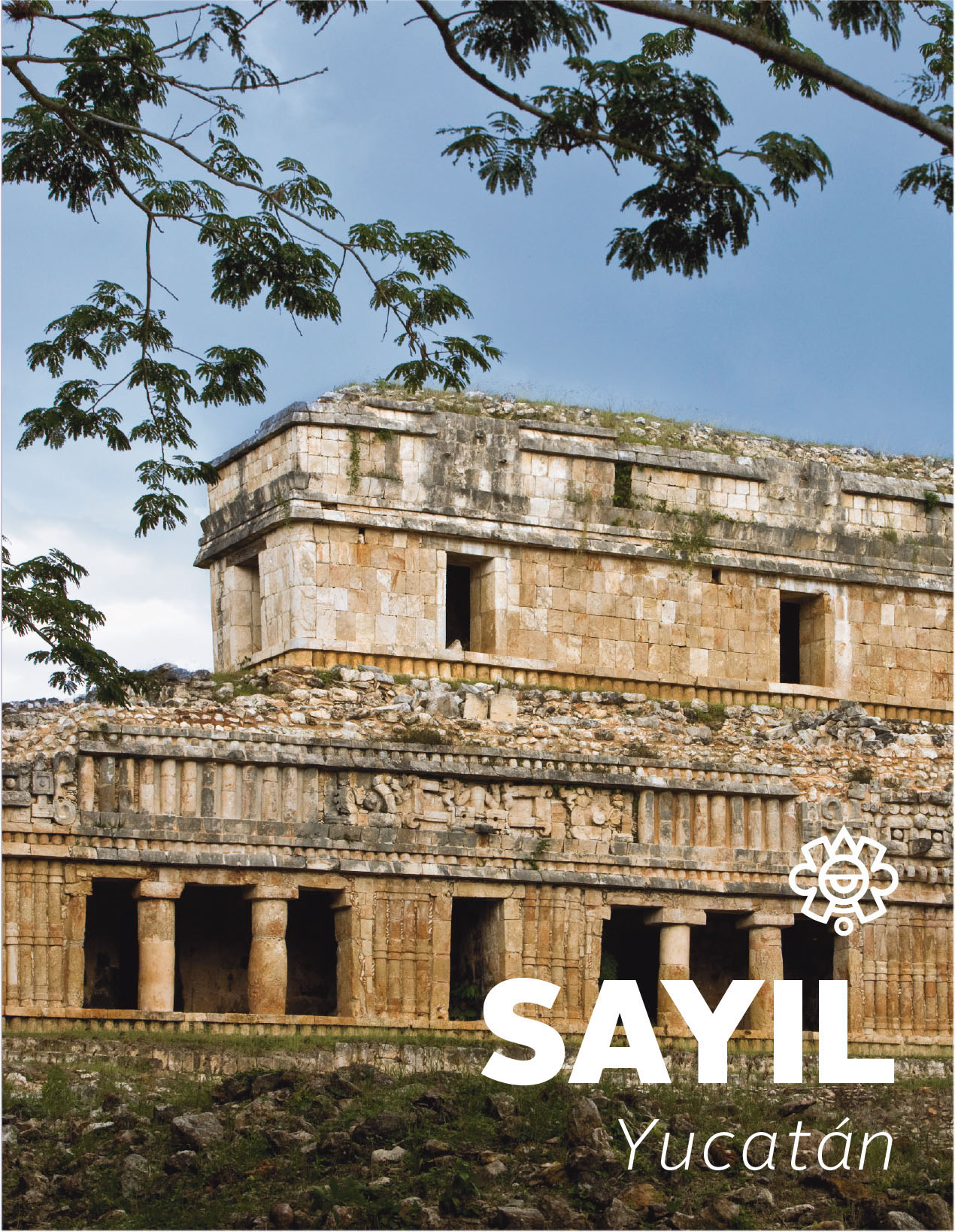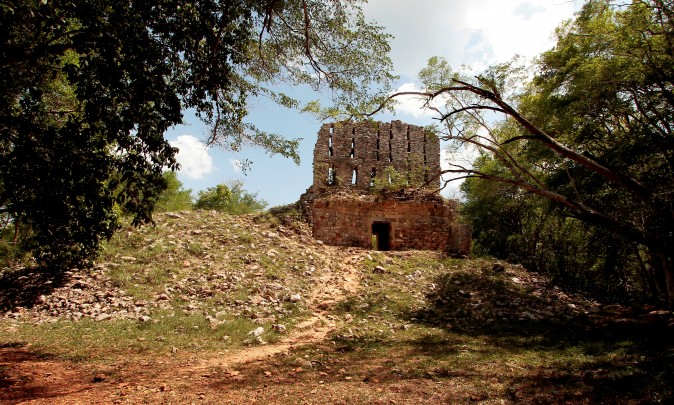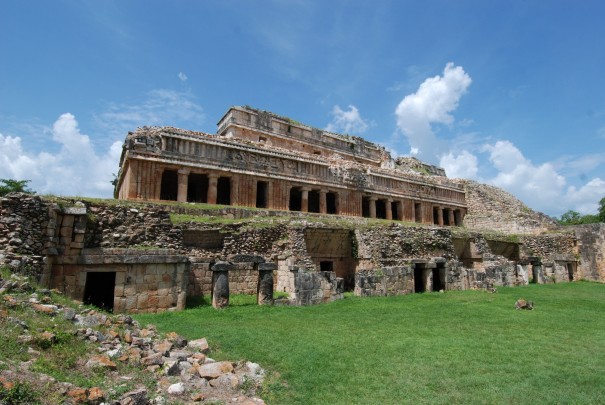Sayil
Notable settlement in the Puuc region, with examples of the particularly fine Puuc architectural style. Remarkable for the Great Palace or North Palace, which displays portions of consistent facades erected at successive stages, over a period of twelve centuries.
About the site
The city of Sayil was built at the end of the Late Classic and early Terminal Classic (800-950), in a valley with good farming land. It is estimated that it extended to an area of three square miles that during its occupation in the eighth and ninth centuries had a population of approximately 10,000. The archeological evidence suggests that the inhabitants of Sayil initially settled just over a mile from the North Palace on a site known as Chaak II, which possesses one of the few natural water sources in the region, in the cave of Chaak.
The fact that the ancient Maya preferred to settle in a valley with more fertile soil tells us how important farming was to them. A good proportion of the inhabitants of Sayil and of the Puuc region generally were farmers, who cultivated gardens in the city and fields in the neighboring valleys.
Stelae were erected on the site representing the important lords, who were probably the rulers. Nevertheless, the archeological evidence suggests that the lords at least partially shared political and religious power with other lineages.
The fact that the ancient Maya preferred to settle in a valley with more fertile soil tells us how important farming was to them. A good proportion of the inhabitants of Sayil and of the Puuc region generally were farmers, who cultivated gardens in the city and fields in the neighboring valleys.
Stelae were erected on the site representing the important lords, who were probably the rulers. Nevertheless, the archeological evidence suggests that the lords at least partially shared political and religious power with other lineages.
Map
Did you know...
- In the bowels of the Great Palace there is a buried courtyard, while in the rooms on the lower levels there are niches that reproduce—on a micro scale—its columned porticos.
- In the 1980s it was thought that El Mirador and the buildings around it corresponded to the city market. This hypothesis was later refuted by chemical analysis of the soil.
- It is possible that the inhabitants of Sayil lived in houses made of stone rather than perishable materials, as in most sites.
- In 1914, Inspector Juan Martínez Hernández visited Sayil and found one Gregorio Caamal living in the rooms of the second level of the Palace.
An expert point of view
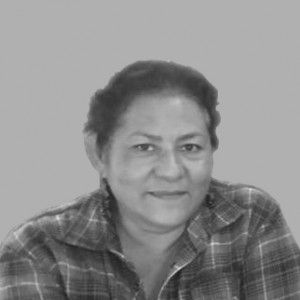
Lourdes Toscano Hernández
Centro INAH Yucatán
-
+52 (999) 944 4068
-
This email address is being protected from spambots. You need JavaScript enabled to view it.
Directory
Director de la Ruta Pucc
José Guadalupe Huchím Herrera
This email address is being protected from spambots. You need JavaScript enabled to view it.
+52 (997) 976 2064

